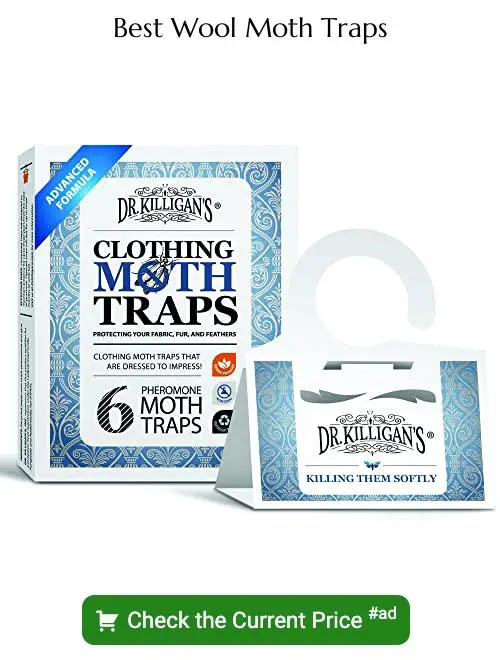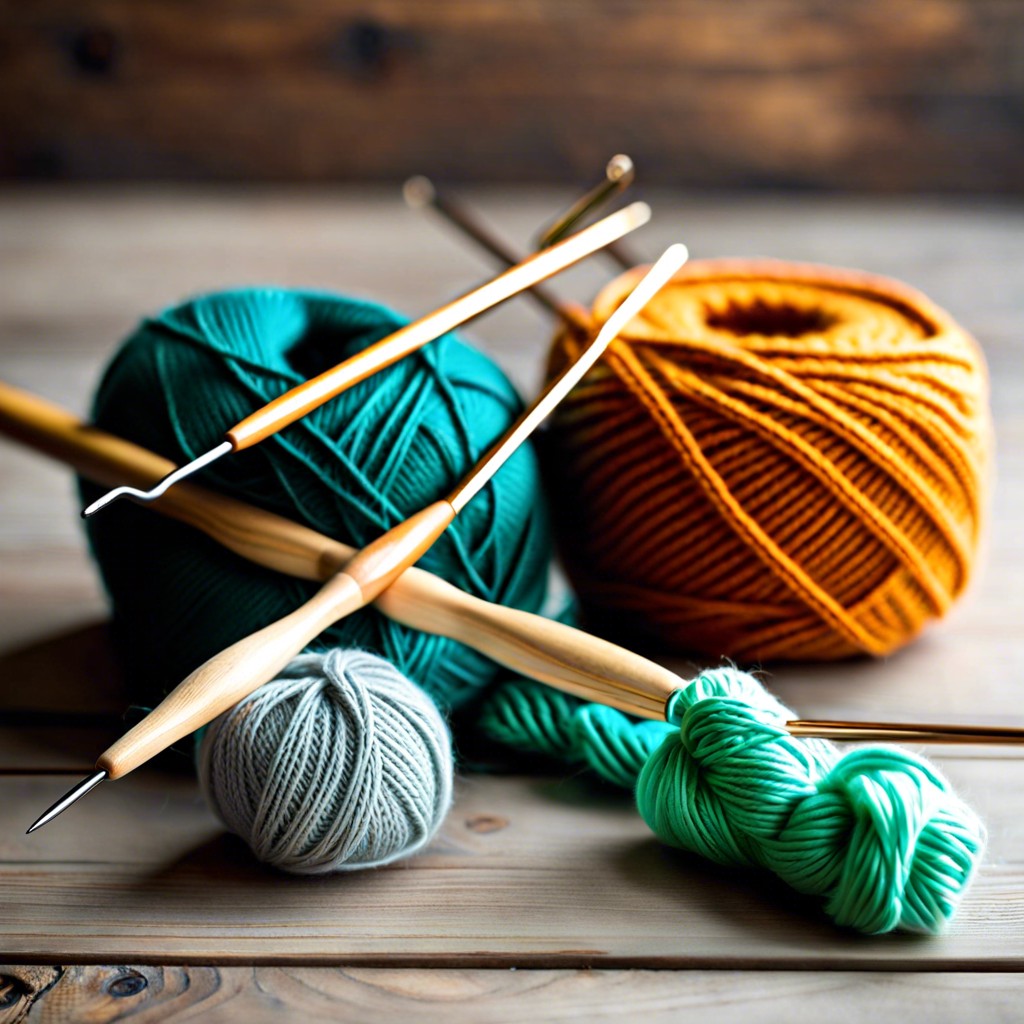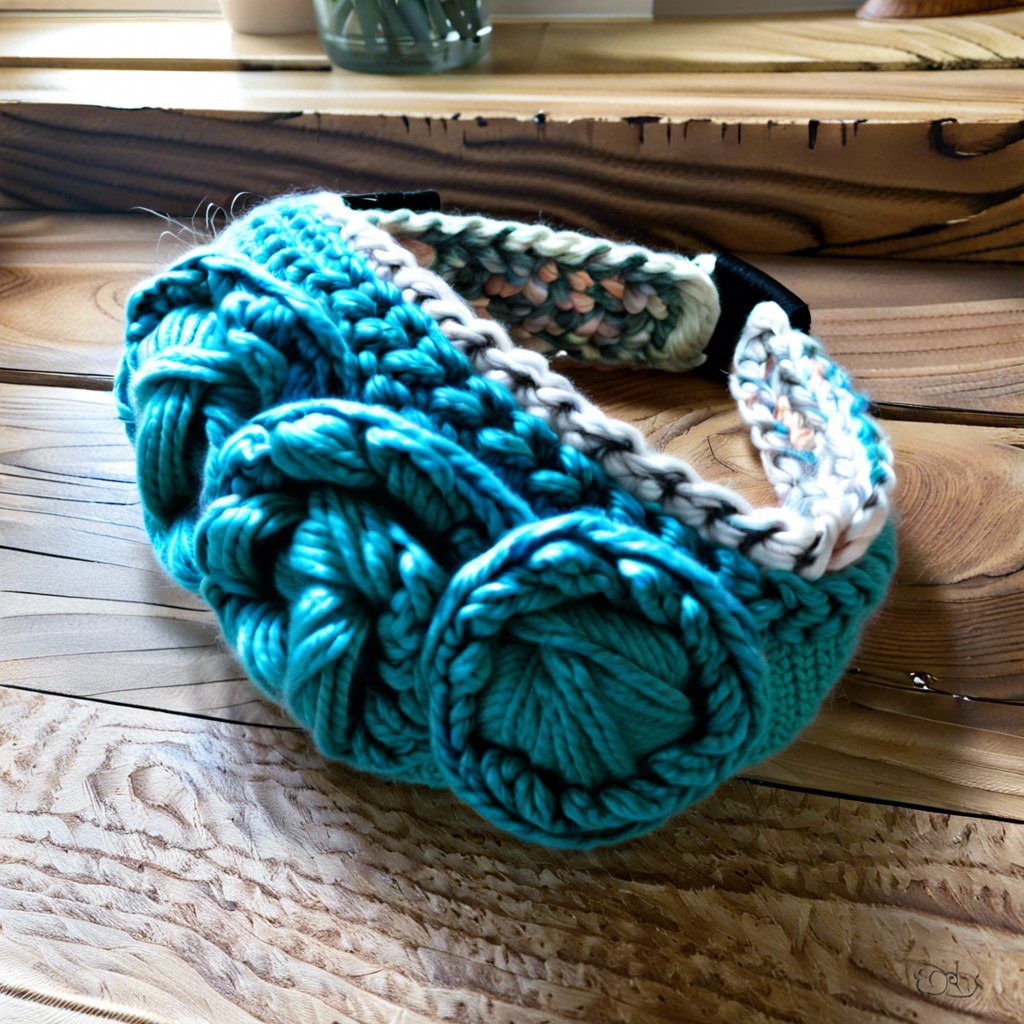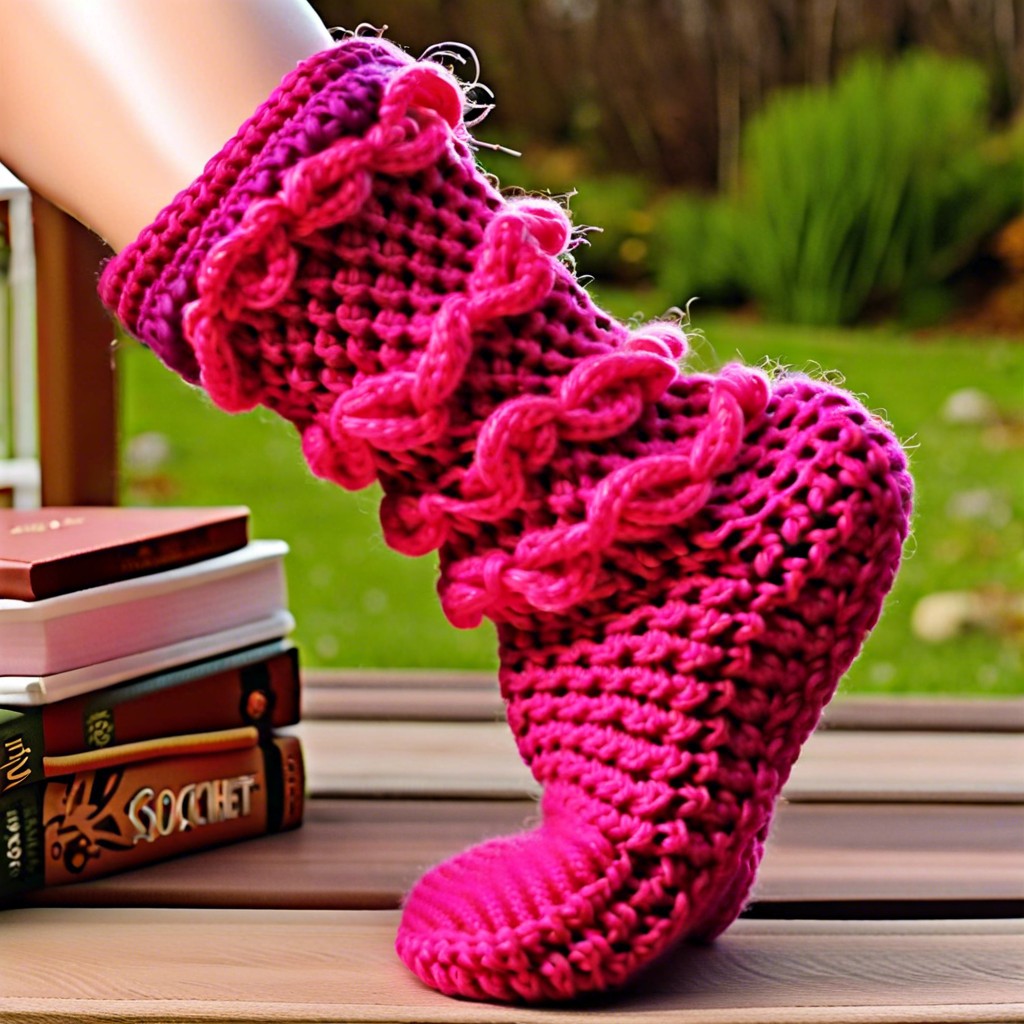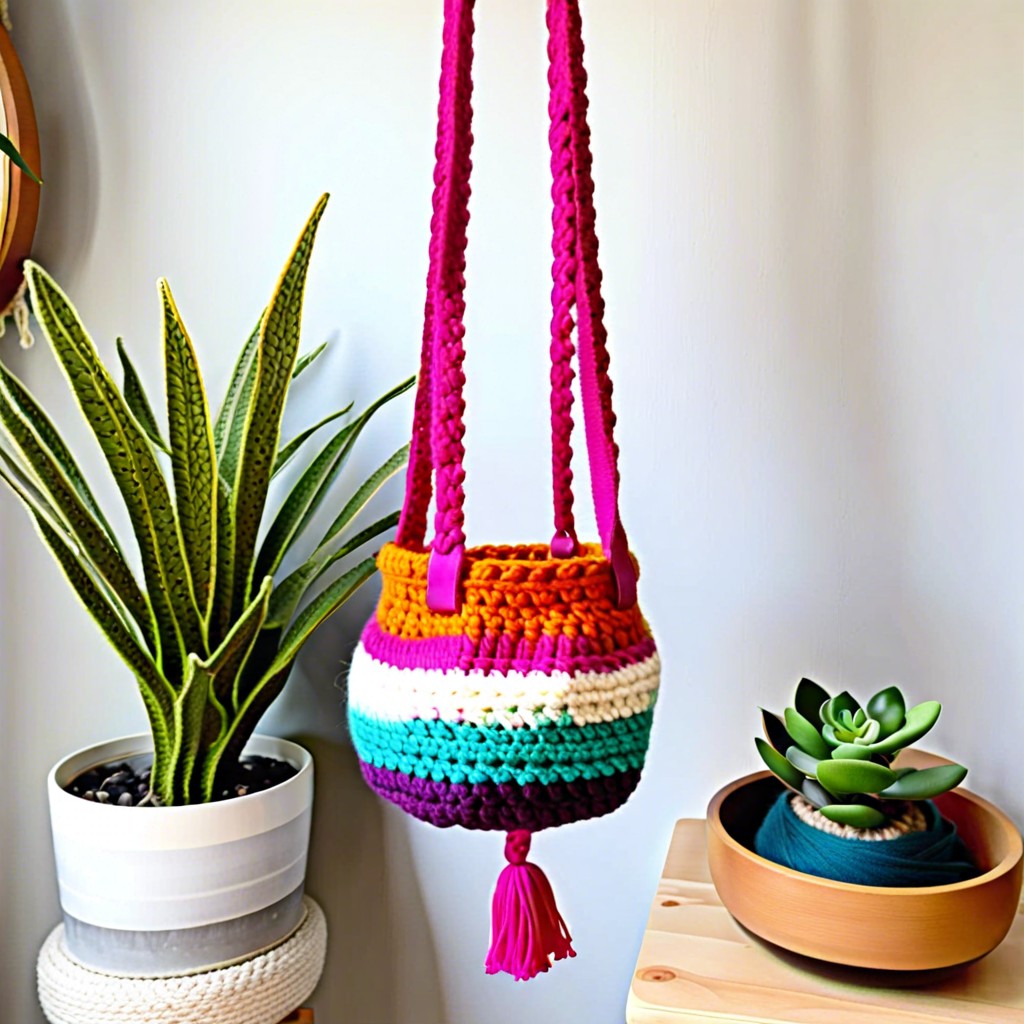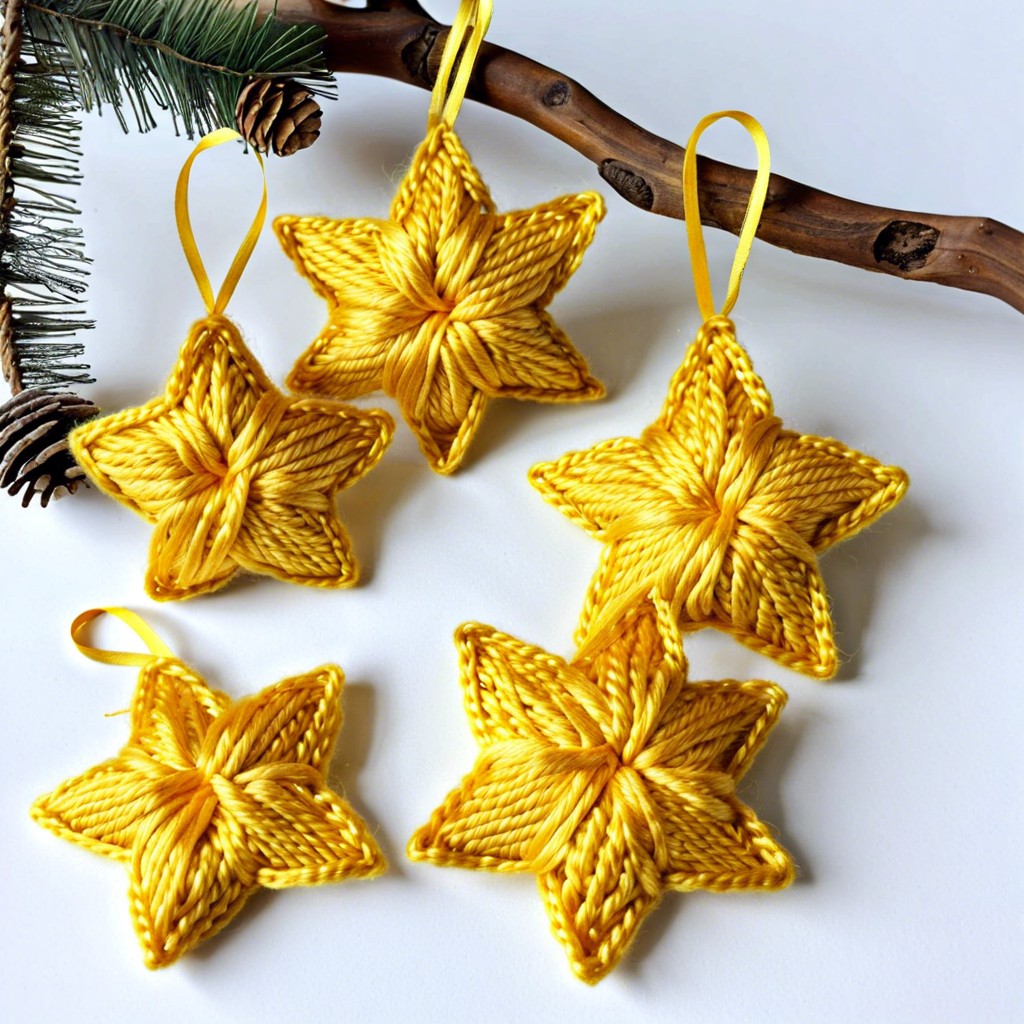Dive into this informative guide because understanding the bugs that eat wool can help protect your precious textile collection from irreparable damage.
Key takeaways:
- Clothes Moths: Larvae feed on wool, causing damage. Look for irregular holes and webbing or silken patches on fabrics.
- Carpet Beetles: Larvae eat natural fibers like wool. Identify shed skins, fecal pellets, and damaged fabric.
- Silverfish: Drawn to dark, damp environments. Look for small holes, yellowish stains, and tiny feces.
- Habits: Moths and beetles prefer dark, undisturbed areas. Cleanliness and regular inspection are crucial.
- Prevention: Store woolens in airtight containers, use natural repellents, vacuum regularly, and inspect for pests.
Clothes Moths
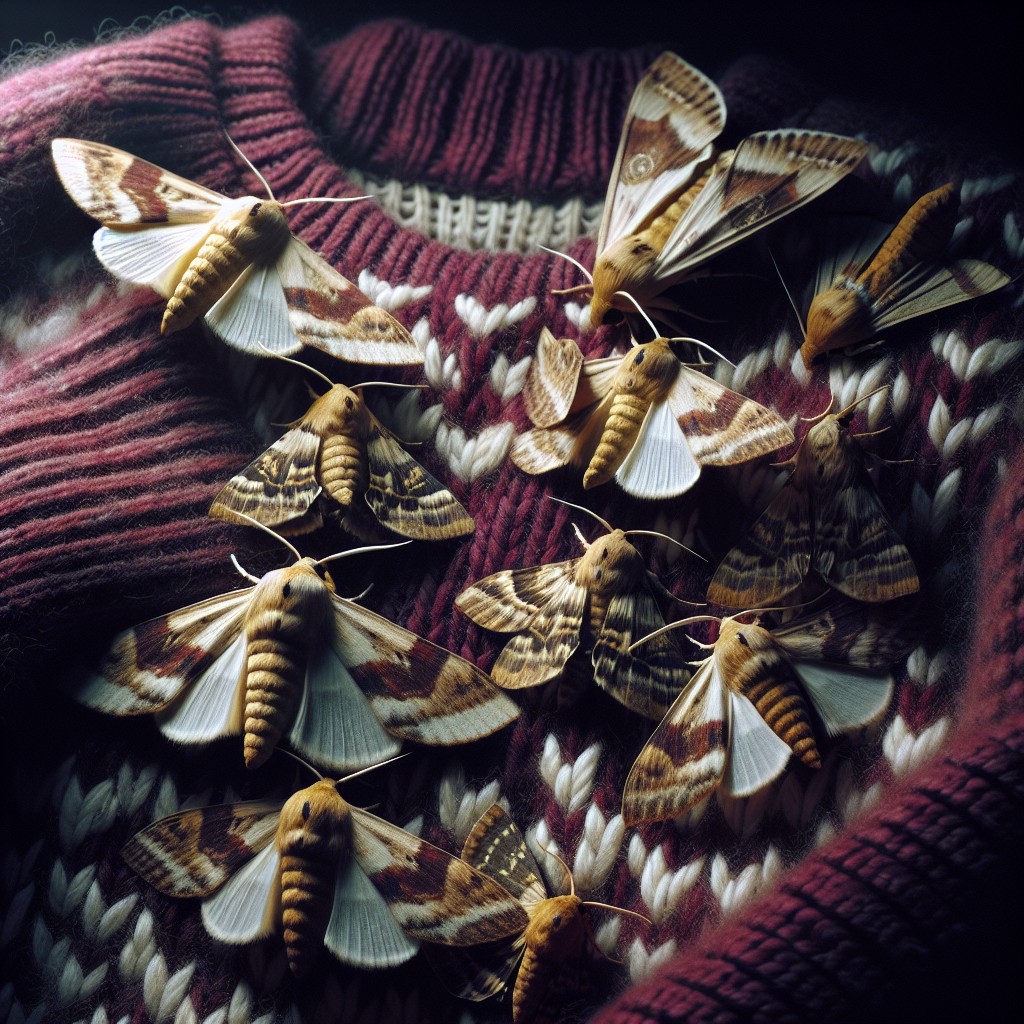
The larvae of the clothes moth are primarily responsible for damaging woolen fabrics. Unlike their nondestructive adult counterparts, these voracious larvae feed on keratin, a protein found in wool and other natural fibers.
Two species commonly invade woolen items:
- The webbing clothes moth (Tineola bisselliella) leaves silken tubes or patches on the material as it eats,
- While the case-making clothes moth (Tinea pellionella) creates a portable case to hide in as it feeds.
Detecting an infestation early is crucial. Look for irregular holes in clothing or a dusty residue on damaged fabrics. These pests prefer dark, undisturbed areas, so regular inspection and cleaning of storage spaces are vital for prevention.
Keep woolens clean before storage, as moths are attracted to dirt and sweat, which can also provide additional nutrients for the larvae.
Carpet Beetles
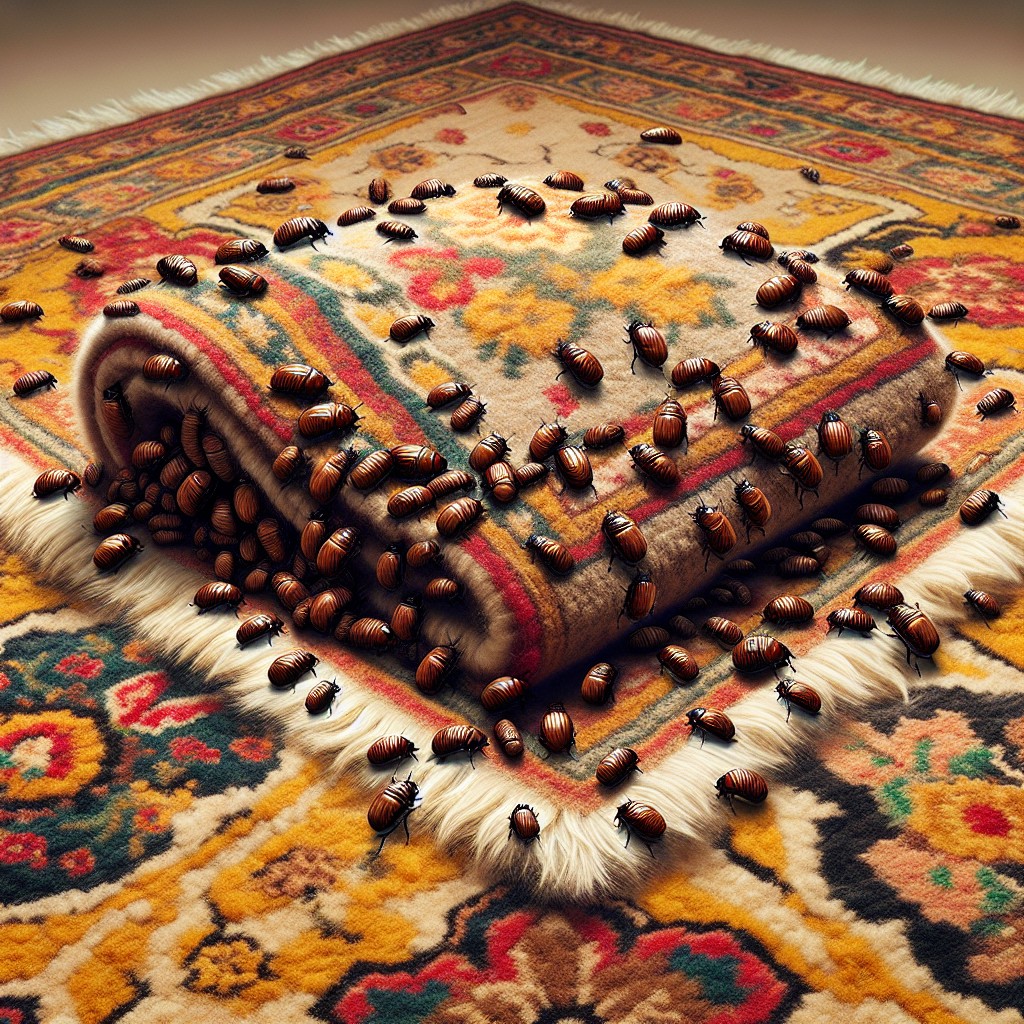
Carpet beetles are small, oval-shaped insects that vary in color but often have a mottled appearance with white, brown, yellow, and sometimes orange spots on their backs. Unlike moths, they don’t actually eat the fabrics, but their larvae, known as woolly bears, consume natural fibers like wool, silk, felt, and fur.
Identifying an infestation involves spotting shed skins and fecal pellets as well as damaged fabric. They can enter homes through improperly sealed doors, windows, or via plants and flowers that are brought indoors. Vacuuming regularly, especially in areas where lint tends to accumulate like carpet edges and baseboards, dramatically reduces the chances of an infestation.
It’s critical to wash clothing and other textiles at high temperatures where possible or freeze items for at least 72 hours to kill any larvae. While they’re less attracted to light than moths, carpet beetles thrive in dark, undisturbed areas, which is why periodic cleaning of closets and storage areas is also necessary.
Silverfish
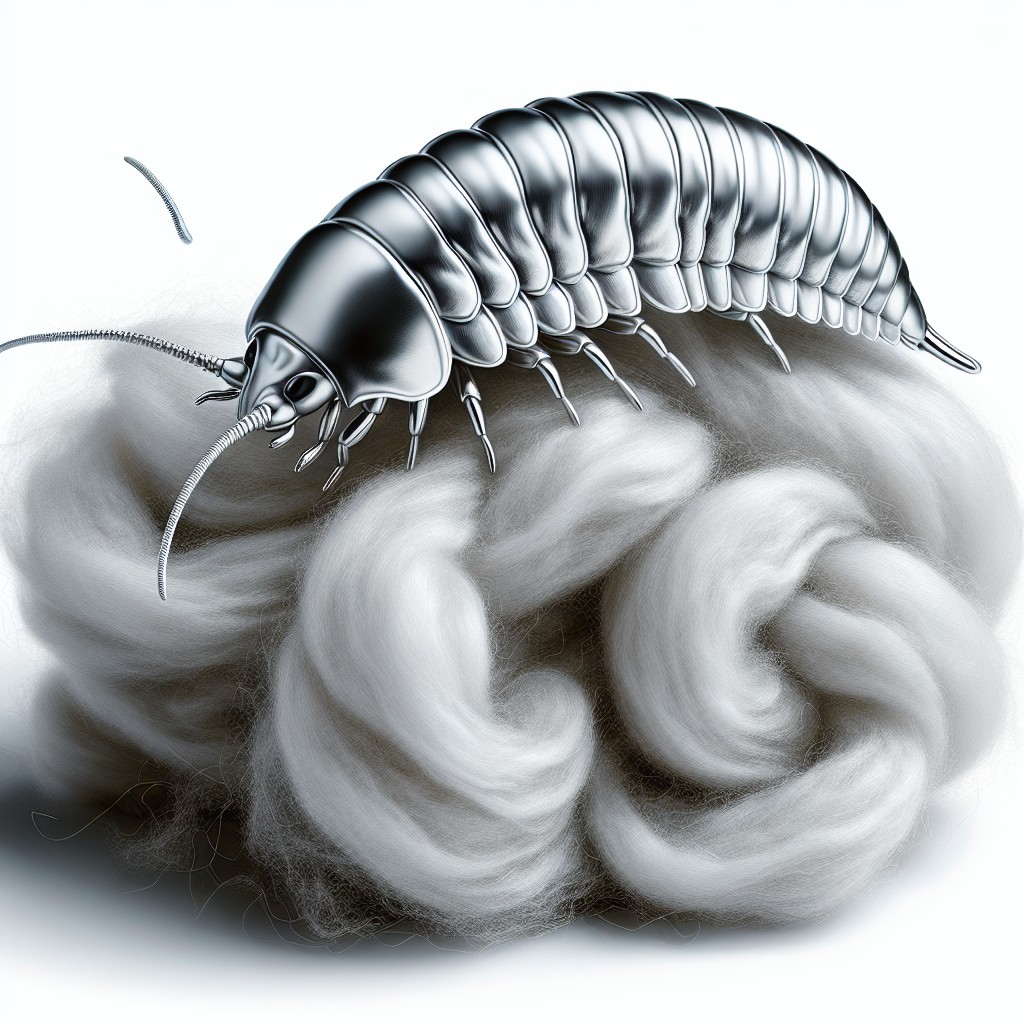
Silverfish are a less common but potential threat to woolen items. These small, wingless insects are drawn to dark, damp environments and can digest cellulose, starch, and some natural fibers.
Here are key points to understand their impact on wool:
- Conditions that Attract Silverfish: They thrive in areas with high humidity, such as basements, attics, and closets, where wool items might be stored.
- Signs of an Infestation: Look for small holes in woolens, yellowish stains, or the presence of tiny, pepper-like feces.
- Methods to Discourage Silverfish: Maintain low humidity by using dehumidifiers, vacuum regularly to remove potential eggs, and store wool items in airtight containers with desiccants to deter them.
- Treatment: If infestation occurs, consider using natural repellents like cedar or lavender, or consult with a pest professional for appropriate insecticides if the problem persists.
Habits of Clothes Moths and Carpet Beetles
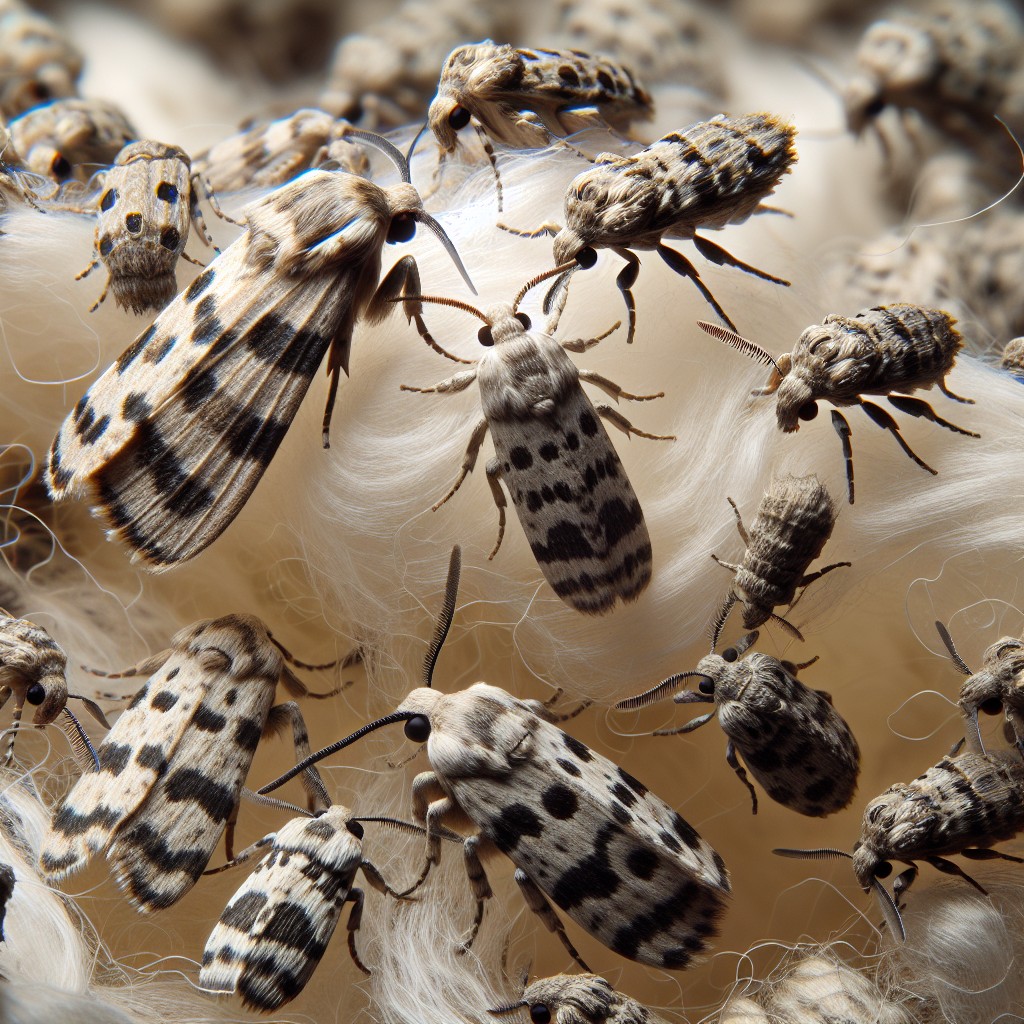
Clothes moths and carpet beetles are not drawn to light, unlike other moth species; instead, they prefer dark, undisturbed areas such as closets, attics, and boxes where woolen items are stored. They are particularly attracted to fabrics contaminated with spills, sweat, urine, or oils, as these provide the moisture and nutrients their larvae require to thrive. During their larval stage, which is when they actually consume the fibers, these pests can cause significant damage to clothing and textiles.
To lay their eggs, female clothes moths seek out corners or folds in fabrics. Each can lay 40 to 50 eggs over a period of two to three weeks, and the eggs hatch into larvae within a couple of weeks. The larvae stage, which can last several months, is when the appetite for natural fibers is at its peak. On the other hand, carpet beetle adults often lay their eggs in air ducts, under furniture, or beneath baseboards. Once hatched, the larvae scavenge for food sources around the home, which include wool among other animal-based materials.
An interesting aspect of these insects is their avoidance of synthetic fabrics unless they’re blended with natural fibers or are heavily soiled with appealing substances. Additionally, both types of insects undergo complete metamorphosis: passing through a pupal stage before emerging as adults, ready to start the cycle again. It’s important to note that adult moths are not responsible for damage to fabrics; it’s their larvae that do the deed.
Preventing Infestations
To safeguard your wool items from pests, consider adopting these measures:
- Store woolens in airtight containers or bags after cleaning them thoroughly, as dirt and sweat attract bugs.
- Mothballs, cedar, or lavender can deter pests, but make sure woolen garments are not in direct contact as they may cause damage.
- Regularly vacuum closets and drawers, emphasizing the seams and crevices where insects might hide and lay eggs.
- Inspect wool items for signs of pests before bringing them into your home, especially second-hand purchases.
- Maintaining low humidity levels in storage areas makes the environment less hospitable for pest infestation.
- Conduct seasonal checks of wool items to catch any early signs of insect damage, facilitating prompt action.
Eliminating Infestations
When dealing with an infestation, it’s critical to act swiftly to prevent further damage.
1. Clean affected items: Gently brush and then launder or dry-clean any wool items. Freezing small items for at least 72 hours can kill larvae and eggs.
2. Vacuum regularly: Thoroughly vacuum carpets, rugs, and furniture, especially in low-traffic areas, to remove larvae and eggs. Dispose of the vacuum bag immediately to prevent reinfestation.
3. Use insecticides: Insecticides specifically formulated for moths and beetles can be effective. Always follow the manufacturer’s directions carefully.
4. Set pheromone traps: These traps attract and capture adult males, disrupting the mating cycle. However, they won’t solve an entire infestation.
5. Consider natural repellents: Cedar wood, lavender sachets, and clove can repel moths and need to be refreshed regularly to remain effective.
Remember, consistent efforts are key in eliminating these pests from your home.
Identifying Common Clothing-Eating Bugs
Understanding the culprits behind damaged woolens is crucial for effective prevention and treatment. Clothes moths, notably the webbing clothes moth and the casemaking clothes moth, are primary offenders. These pests are small, with clothes moths being about half an inch long and typically have a golden color with a reddish tinge in their wings.
Carpet beetles are another common threat. These insects possess round bodies, are usually black with brown, white, or yellow markings, and are smaller than the head of a pin when they hatch, growing up to 1/8 to 1/4 of an inch as adults. Unlike moths that eat fibers, carpet beetle larvae are the ones causing damage, as they require keratin-rich substances like wool for their growth.
Silverfish, while less common, can also pose a risk to woolen items. They are carrot-shaped, wingless insects with silvery-gray scales, known for their wiggling motion resembling that of a fish. They feed on carbohydrates, including starches often found in adhesives and fabrics.
It’s worthwhile to note that these insects are drawn to quiet, dark areas with little disturbance, such as closets, drawers, and storage boxes, where woolen items are frequently kept. Regular inspection of these areas can lead to early detection and mitigation of these wool-eating pests.
The Reasons Behind Clothing Damage
Understanding why clothing damage occurs is pivotal for prevention. Wool is rich in keratin, a protein that certain insects find highly nutritious. This makes woolen items a prime target for pests.
The larvae, not the adult insects, are typically responsible for consuming the fibers, as they require the nutrients to grow. While moth larvae prefer to feed in dark, undisturbed areas, carpet beetle larvae are more adventurous and can cause a wider range of damage.
Additionally, damage often goes unnoticed initially, as larvae tend to eat the insides of the yarn or fabric, leaving the surface until last. Regularly used and cleaned items are less likely to be affected, as pests thrive in quiet, undisturbed environments with accumulated dust and sweat.
Prevention: Protecting Your Clothes From Bugs
To safeguard your yarn and fabric items from destructive insects, consider the following actionable steps:
- Cleanliness: Regular vacuuming and dusting can remove eggs and larvae from your environment. Ensure to clean in closets, under furniture, and along baseboards where bugs tend to hide.
- Airtight Storage: Store woolen items in tightly sealed containers or garment bags after cleaning them. This physical barrier deters bugs.
- Mothballs and Lavender: While mothballs are a traditional deterrent, natural alternatives like sachets of lavender, rosemary, or cedar blocks can also repel pests without the chemical odor.
- Seasonal Rotation: Clean and rotate your wardrobe seasonally. Freshly laundered or dry-cleaned items are less likely to attract bugs.
- Temperature and Humidity: Maintaining a cool, dry environment in storage areas makes them less hospitable to moths and carpet beetles that prefer warmth and moisture.
- Frequent Inspection: Periodically examine stored items for signs of insect activity. Catching an infestation early can save your collection from extensive damage.
By integrating these preventative measures into routine care, your woolen goods are more likely to remain in pristine condition, free of unwanted pests.
Seeking Professional Assistance If Needed
If do-it-yourself methods fail to control the infestation, or if the damage to your wool items is extensive, it may be time to enlist the help of pest control professionals. These experts can assess the severity of the problem and devise a strategic plan tailored to your specific situation.
Professionals will often use more potent treatments that are not available to the average consumer. Their approach usually begins with an inspection to pinpoint infestation hotspots. Following the assessment, they’ll apply treatments that target the life cycle of pests, ensuring complete eradication.
Moreover, pest control services can provide you with advice on long-term prevention and maintenance strategies, reducing the risk of future infestations. Involving professionals not only saves your woolens but also helps protect the rest of your home from potential collateral damage caused by pests.
FAQ
What bugs are attracted to yarn?
Clothing moths are attracted to yarn, particularly those made from animal fibers, and they are especially active during humid, summer months but can be a problem throughout the year.
How do you get rid of yarn bugs?
To get rid of yarn bugs, keep your yarn in sealed bags when not in use, and if infested, freeze the bags for a few days then microwave each bag for several minutes, repeating the process several times, but discard any project with moving insects as it’s already damaged.
What kind of bug eats wool?
The type of bug that eats wool is the clothes moth.
What preventative measures can be taken to protect yarn from bugs?
To protect yarn from bugs, store it in sealed plastic containers or bags, keep your crafting area clean, and use pest deterrents such as cedar blocks or mothballs.
How can you identify signs of wool-eating bugs in your yarn stash?
Signs of wool-eating bugs in your yarn stash can be identified by the presence of unusual holes, a fine cobweb-like coating, tiny larvae, adult bugs, or their droppings.
Are there specific types of yarns that bugs are less attracted to?
Bugs are generally less attracted to synthetic yarns as they are less likely to provide food or nesting material for them.
